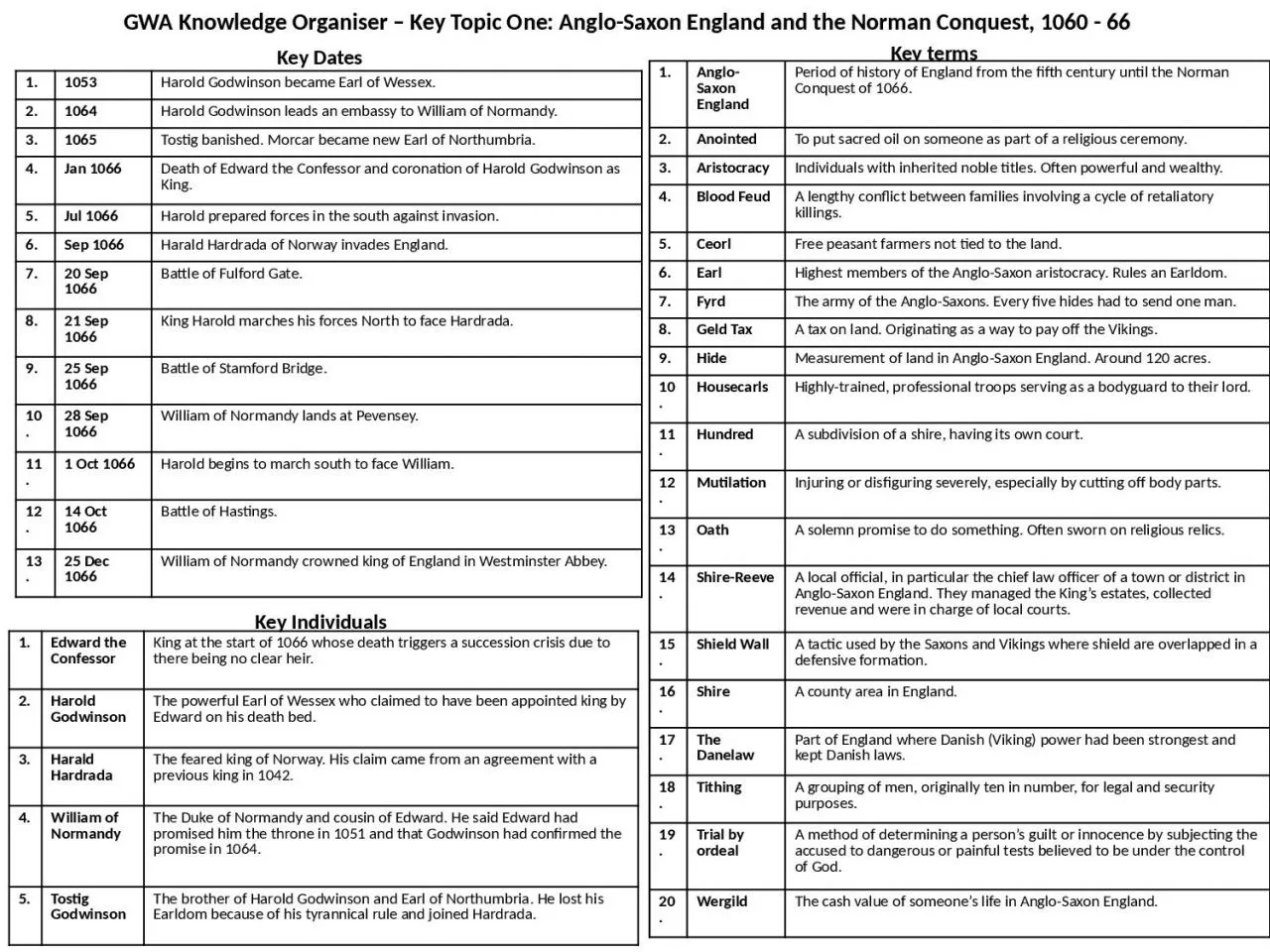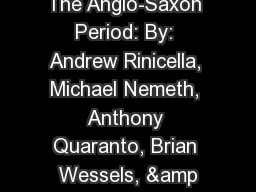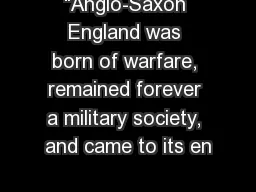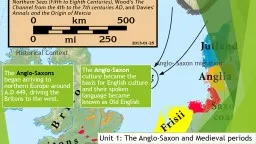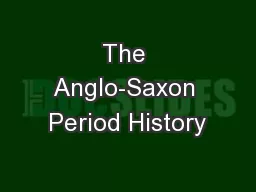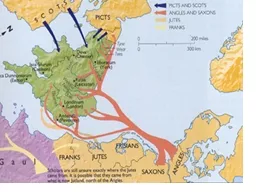PPT-GWA Knowledge Organiser – Key Topic One: Anglo-Saxon England and the Norman Conquest,
Author : oconnor | Published Date : 2023-09-22
Key Dates 1 1053 Harold Godwinson became Earl of Wessex 2 1064 Harold Godwinson leads an embassy to William of Normandy 3 1065 Tostig banished Morcar became new
Presentation Embed Code
Download Presentation
Download Presentation The PPT/PDF document "GWA Knowledge Organiser – Key Topic On..." is the property of its rightful owner. Permission is granted to download and print the materials on this website for personal, non-commercial use only, and to display it on your personal computer provided you do not modify the materials and that you retain all copyright notices contained in the materials. By downloading content from our website, you accept the terms of this agreement.
GWA Knowledge Organiser – Key Topic One: Anglo-Saxon England and the Norman Conquest,: Transcript
Download Rules Of Document
"GWA Knowledge Organiser – Key Topic One: Anglo-Saxon England and the Norman Conquest,"The content belongs to its owner. You may download and print it for personal use, without modification, and keep all copyright notices. By downloading, you agree to these terms.
Related Documents

